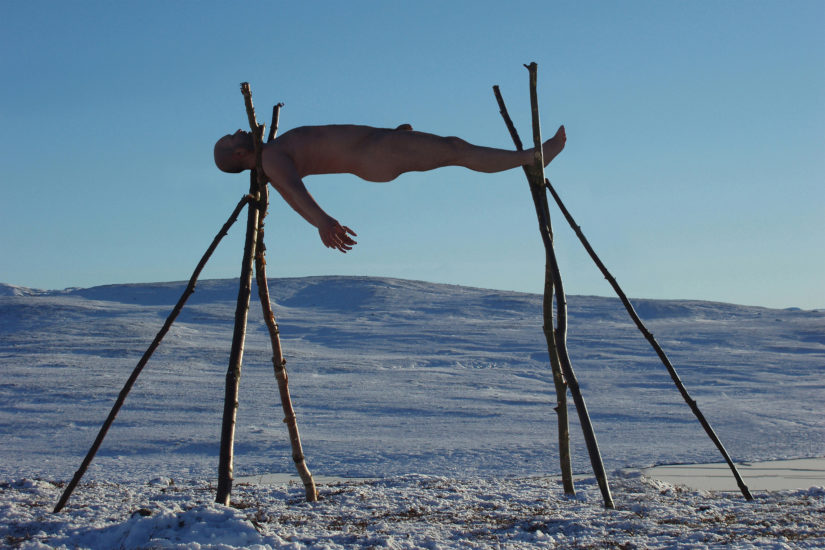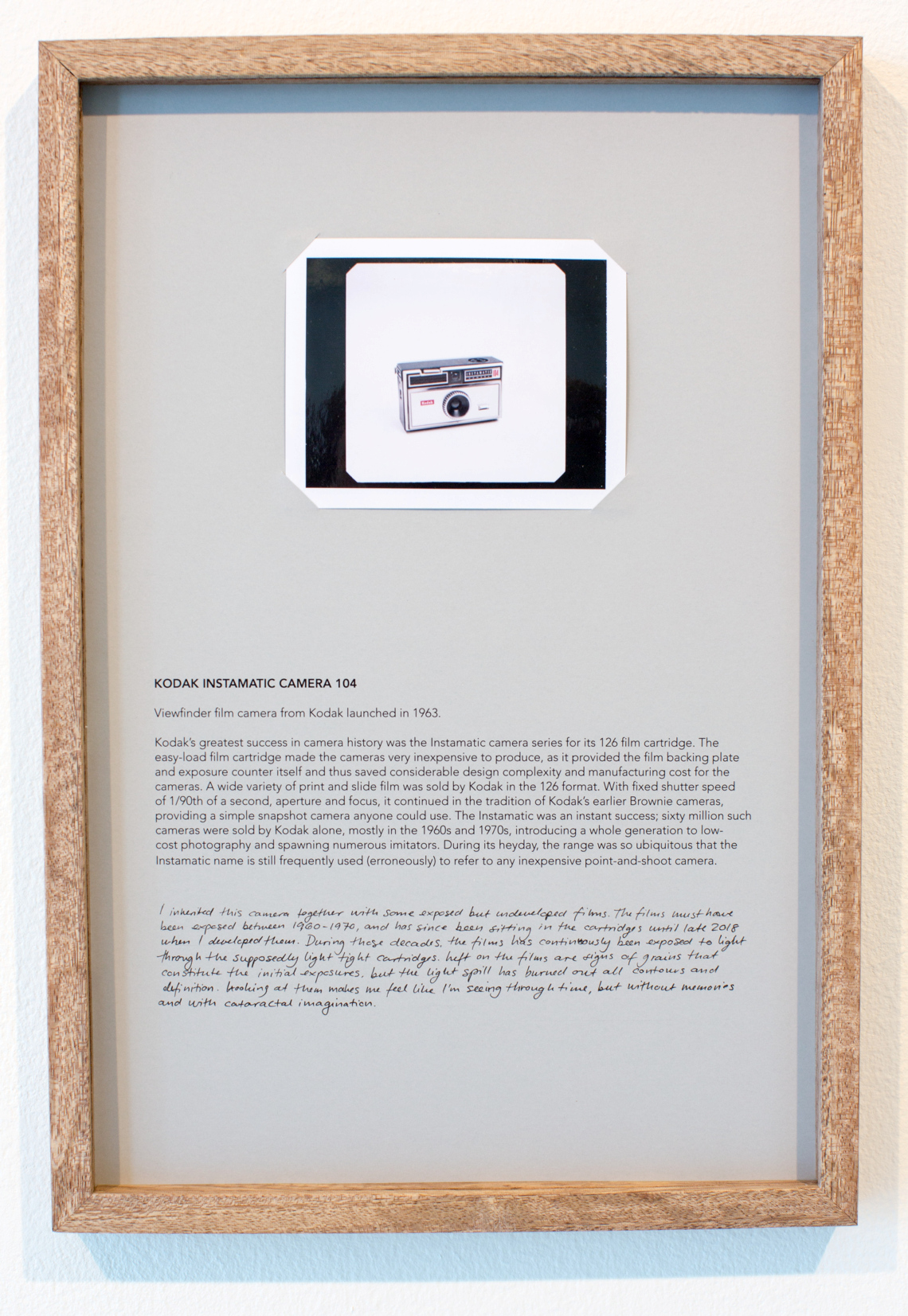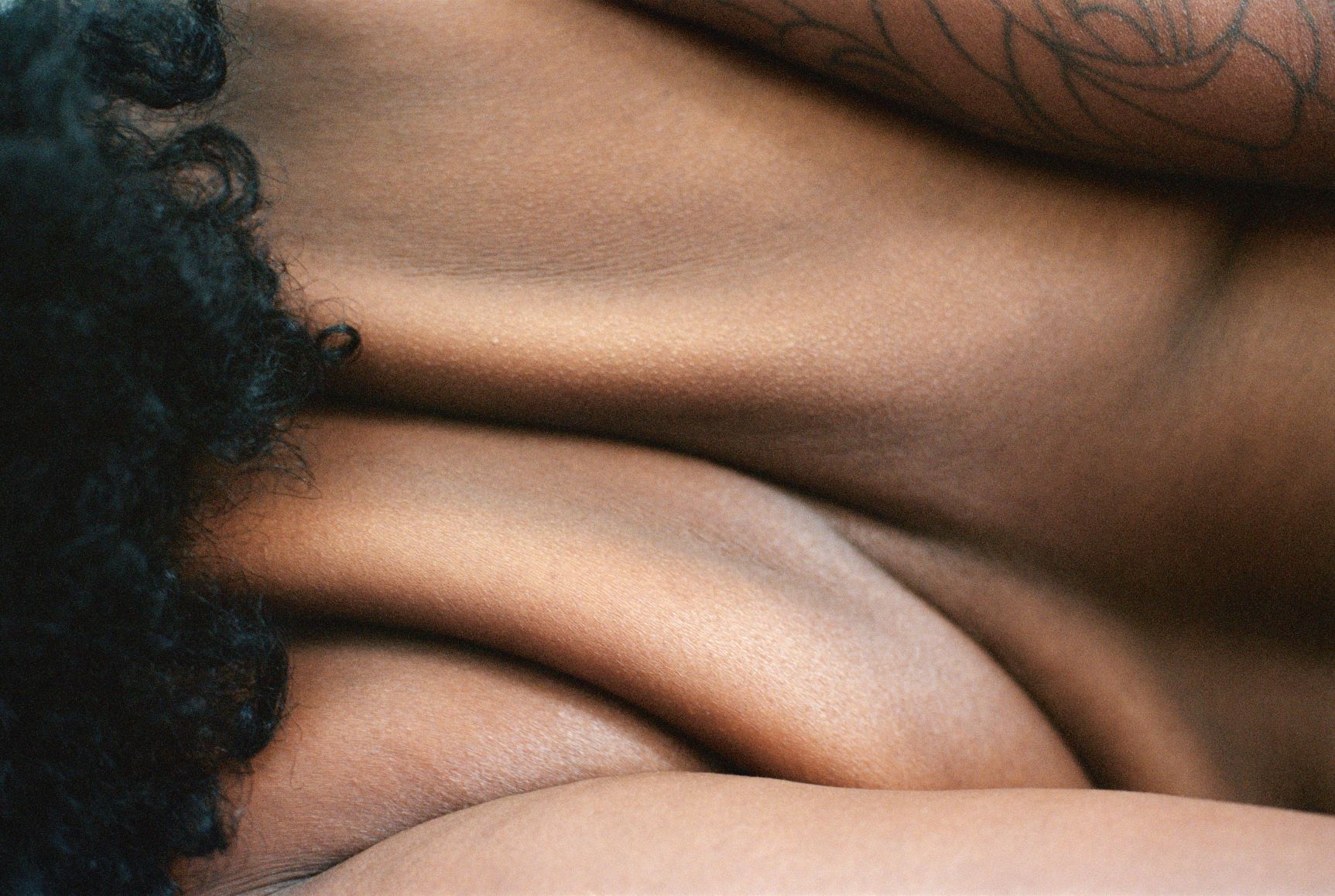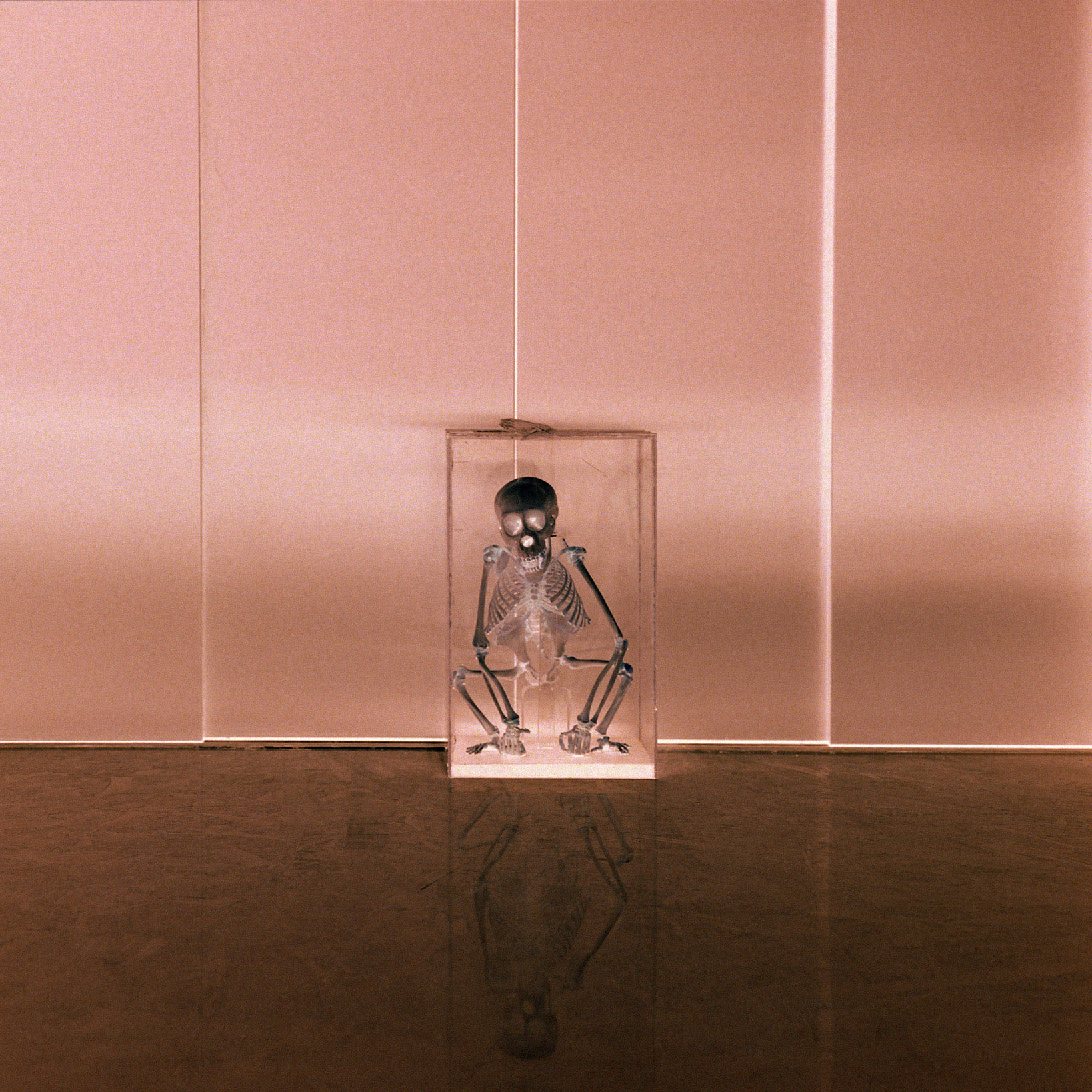New Purchases for the collection

© Vibeke Tandberg, #6 from the series ‘Ettermæle’, 1994. Preus museum’s collection.
Over the past year Preus Museum received over 3 million Norwegian kroner for purchasing contemporary photography. The latest grant of 1 million kroner was received in January. The museum will primarily use this extraordinary funding to strengthen its collection with female photographers and artists.
Preus Museum has a strict budget and cannot normally set aside a large amount of money for purchasing photography, photographic object and books for the collection. The reason why the purchasing budget was increased so significantly is due to the economic stimulants from the state in connection with the pandemic. A total of fourteen art museums have benefited from this scheme.
- This is very gratifying, says acting director Kristin Aasbø at Preus museum. - Photography is a field that is developing and growing, and as a photographic museum it is important to strengthen our collection, as well as stimulating the environment among photographers and camera-based artists. The grant is equal to multiple years of a "normal" purchasing budget for our museum, she continues. When it comes to purchasing female artists and photographers, this is based on an investigation conducted a few years ago, showing that the number of female artists represented in a museum’s collection was 12.7 percent. It is an ongoing effort to strengthen the proportion of women in the photo museum's collection.
Purchasing works by about 30 photographers
-We have so far agreed upon the purchases of almost 200 works from about 30 different photographers / artists. This has been a labor-intensive process where gender, age and geography were elements influencing the purchasing assessment. - Our goal has always been to create a type of time capsule; showing the themes explored during specific times within the different genres of photography. Among the purchased works are documentary-, press- and commercial-photos, but the emphasis is on camera-based art and the conceptual use of photography, says Aasbø.
Vibeke Tandberg's graduation thesis
The increase of the purchasing budget gave the Preus Museum, among other things, the opportunity to secure Vibeke Tandberg's graduation assignment, "Ettermæle", which consists of ten large works. This series has been something we have wanted for a long time, and is probably in itself the biggest purchase, says Kristin Aasbø.
The plan is to include the new works in future exhibitions, both physical and digital. In total, the Preus Museum's collection of photographic works of art consists of just under 10,000 objects.
These photographers have been purchased so far:
Vilde Salhus-Rød, Bergen
Karoline Hjorth & Riita Ikonen
Vibeke Tandberg, Oslo
Verena Winkelmann, Skien
Marthe Aas, Oslo
Ulla Schildt, Oslo
Tonje Bøe-Birkeland, Bergen
Signe Marie Andersen, Oslo
Andrea Gjestvang, Oslo
Line Bøhmer Løkken, Oslo
Azar Alsharif, Bergen
Frida Orupabo, Oslo
Christine Hansen & Line Anda Dalmar, Bergen / Stavanger
Trine Hisdal, Oslo
Kirsti Van Hoegee, Bergen
Mimsy Møller, Oslo
Terje Abusdal, Oslo
Espen Gleditsch, Holmestrand
Gjert Rognli, Oslo
Morten Torgersrud, Kirkenes
Sølve Sundsbø, Oslo
Knut Egil Wang, Oslo
Stian Andersen, Oslo
Espen Rasmussen, Nesodden
Harald Henden, Oslo
© Terje Abusdal, from the series "Slash & Burn", 2017. Preus Museum's Collection.
Show extended caption«Slash & Burn» is the result of four years of photography and exploration of forest Finnish areas with special emphasis on the Finn forest. Terje Abusdal (b. 1978) is a trained visual artist and photographer and works in the intersection between fact and fiction.
Abusdal is based on the forest Finnish understanding of nature and especially the shamanistic and mysterious aspects of it. The forest Finns farmed, where they cut down and burned forests and sowed in the ashes, this is called in English slash and burn, hence the title. The photographs also depict what it means to be a forest fin today, four hundred years and thus twelve generations after the Finnish immigrants settled. In our time, the original way of life has long since disappeared and no one speaks the Finnish language anymore. But the forest Finns are one of five historical immigration groups that from 1999 have the status of national minority in Norway. They settled in 40 municipalities in Eastern Norway and today more than half a million Norwegians can have forest Finnish genes in their lineage - most without knowing it. The Finnish forest culture as it was in the 17th century naturally no longer exists. Nevertheless, more and more people feel a sense of belonging to the culture.
Karoline Hjort & Riitta Ikonen, Eyes as Big as Plates # Karin (Norway 2019). Preus Museum's Collection
Show extended captionEyes as Big as Plates is the ongoing collaborative project between the Finnish-Norwegian artist duo Riitta Ikonen and Karoline Hjorth. Starting out as a play on characters from Nordic folklore, Eyes as Big as Plates has evolved into a continual search for modern human’s belonging to nature.
The series is produced in collaboration with retired farmers, fishermen, zoologists, plumbers, opera singers, housewives, artists, academics and ninety year old parachutists. Since 2011 the artist duo has portrayed seniors in Norway, Finland, France, US, UK, Iceland, the Faroe Islands, Sweden, South Korea, Czech Republic, Japan, Senegal, Outer Hebrides, Tasmania and Greenland.
Each image in the series presents a solitary figure in a landscape, dressed in elements from surroundings that indicate neither time nor place. Here nature acts as both content and context: characters literally inhabit the landscape wearing sculptures they create in collaboration with the artists.
As active participants in our contemporary society, these seniors encourage the rediscovery of a demographic group too often labelled as marginalized or even as a stereotypical cliché. It is in this light that the project aims to generate new perspectives on who we are and where we belong.
© Gjert Rognli, Emotional Landscape, 2012. Preus Museum's Collection
Show extended captionIn the photo series "Somnulence", Gjert Rognli wants to present an alluringly colorful depiction of a mythological and surrealistic landscape. In the photographs, he uses displaced post-war houses that he fills with water, living and dead animals, his body, and nature as a backdrop for the stories he tells about the eternal cycles of life. The works are open to more questions and interpretations; has man lost his closeness to the more supernatural or religious nature? A presentation that brings us as viewers closer to life and death? This series has won a number of international photo awards, the project has been done over time, in Oslo and Kåfjord in North Troms.
© Vilde Salhus Røed, Technical Department, 2019. Preus Museum's Collection
Show extended captionThe series consists of 11 Polaroid photographs of inherited photographic equipment, technical specifications and usage history
Polaroid photographs, digital printing and ink on paper.
In the Technical Department, the camera equipment is documented as Polaroid photographs, and its technical specifications are linked to the equipment's actual history of use.
© Signe Marie Andersen, The Head, 2020. Preus Museum's Collection
Show extended captionSigne Marie Andersen – Isolation
In the series Isolation, Signe Marie Andersen has photographed the screened ward for dementia at a nursing home in Oslo. 80 percent of the nursing home residents in Norway have dementia. Most of these live in closed wards where the stay lasts a lifetime. Closing doors means deprivation of liberty and is a form of isolation. But it is also meant to shield patients from a confusing world in which they cannot orient themselves. As Andersen puts it; When the outside world has become too big, and the inner world has become too small, then there is a third world, the sheltered department. It is not chosen by themselves, and it can be both safe and frightening. In this world, people move with their fragmented memories, they seek confirmation and perhaps their family. They are disappointed and happy. They are behind closed doors, sheltered from the big world and in their own time. This is the world Signe Marie Andersen is trying to resolve in her photo series.
© Verena Winkelmann, Fold Out, 2019. Preus Museum's Collection
Show extended captionThe book and project Fold Out, which is Winkelmann's 5th monograph, deals with the naked human body of different ages, genders, and ethnicities. The body forms the basis of our experience of ourselves and the world. Winkelmann has entered into a close dialogue with various bodies and examines the extent to which the body can be represented without shame and without the viewer becoming a voyeur. She has wanted to explore the possibilities in the body as a material and the ornamental potential in its forms. Through fragmentation and close studies, the book is a quest to find out what the undisguised and unadorned body looks like.
The body has always been a political battleground. Through various forms of power and ideologies, our bodies are tamed and shaped. Through photographic representation and self-realization ideals, stereotypes are confirmed and produced. Most of the bodies we see in public are sexualized and perfected, the naked body without a filter has become both foreign and dangerous. Winkelmann makes us feel this shyness, and in that way she puts the spotlight on something as unusual as a body without direction or sales potential.
(Text taken from the publisher's review of the book)
© Ulla Schildt, Solaris # II. Preus Museum's Collection
Show extended captionThe picture Solaris # II shows a western lowland gorilla baby bought for the collection at the Natural History Museum in Oslo in 1966. The work thematizes a changed view of the concept of nature that is linked to the climate crisis and the Anthropocene age we are in.
In the series Eyes as Big as Plates Karoline Hjorth and Riitta Ikonen have staged elderly people with costumes that are blending into nature. As active contributors, Hjort and Ikonen's models challenge the view of a demographic group that is sadly categorized as marginalized or as a stereotypical cliché.
This picture can be seen in the exhibition Time, Place, Room at the Preus Museum. (detail of photograph)

© Verena Winkelmann, Fold Out, 2019 (detail). Preus museum collection
The body forms the basis of our experience of ourselves and the world. Winkelmann has entered into a close dialogue with various bodies and examines the extent to which the body can be represented without shame and without the viewer becoming a voyeur.












